Ultraviolette Tesseract vs Ather Rizta Spec Comparison: What's Different?
Here’s how the Ultraviolette Tesseract stacks up against the Ather Rizta on a range of parameters, including design and powertrain.
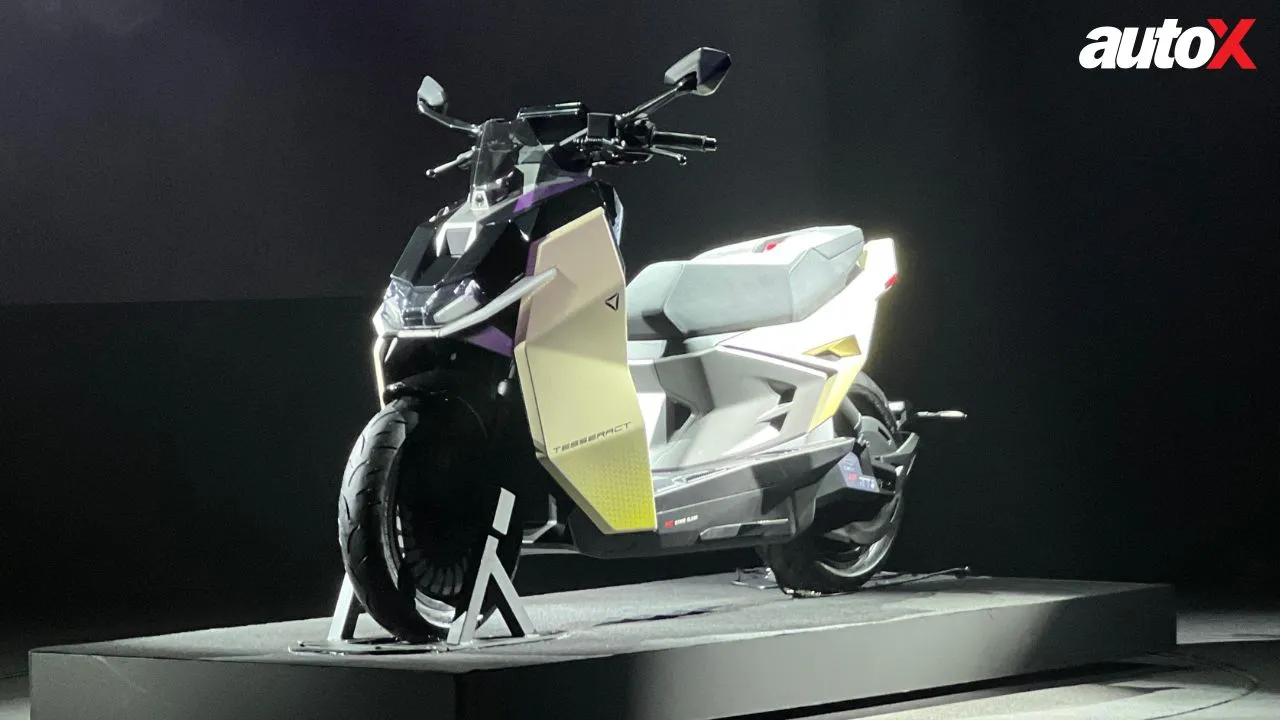
Electric two-wheeler manufacturer Ultraviolette launched its first-ever electric scooter earlier in March, the Tesseract, priced at Rs 1.45 lakh, with a special offer for early customers bringing the price down to Rs 1.20 lakh (both ex-showroom). The Tesseract sports a sharp, aggressive design and is available in four colour options (Sonic Pink, Stealth Black, Solar White, and Desert Sand). It competes with the Ather Rizta, another strong contender in the electric scooter market. We compare the Ultraviolette Tesseract with the Ather Rizta to determine which one offers the best option for buyers.
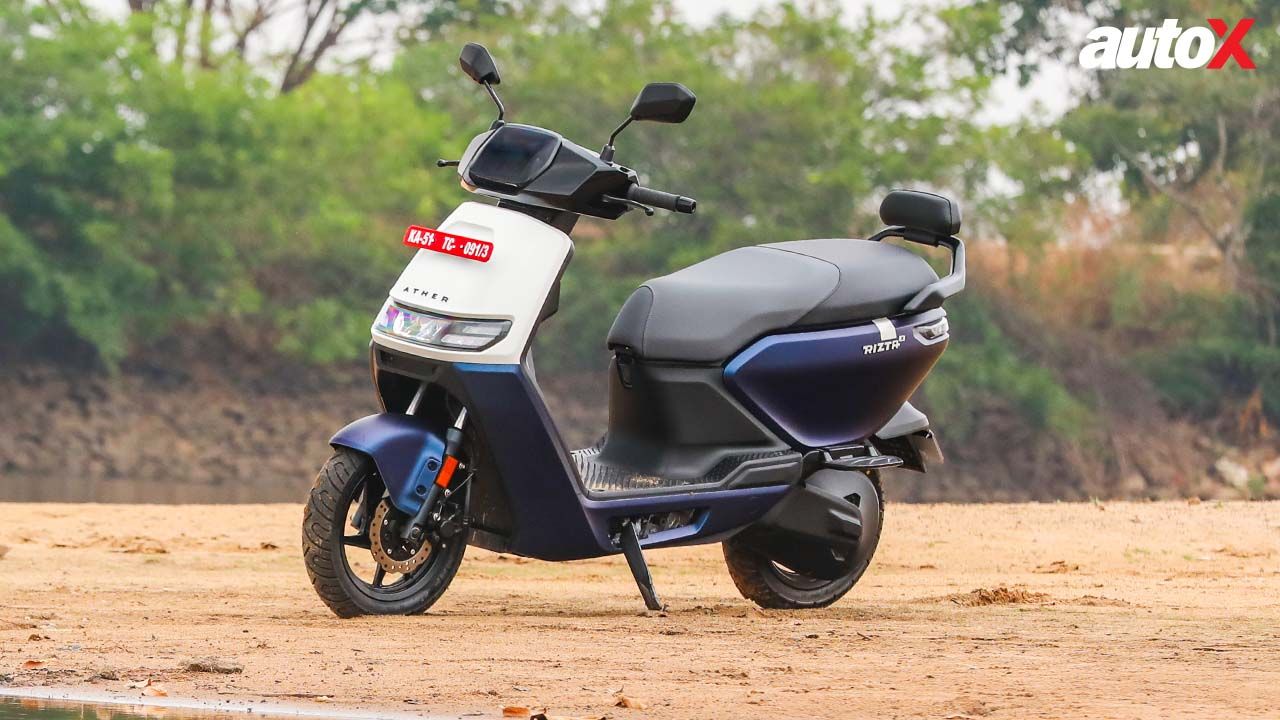
Ultraviolette Tesseract vs Ather Rizta: Design
The Ultraviolette Tesseract has dual LED projector headlamps with floating DRLs, a contrasting black apron with a fly screen, and boomerang-shaped split taillamps.
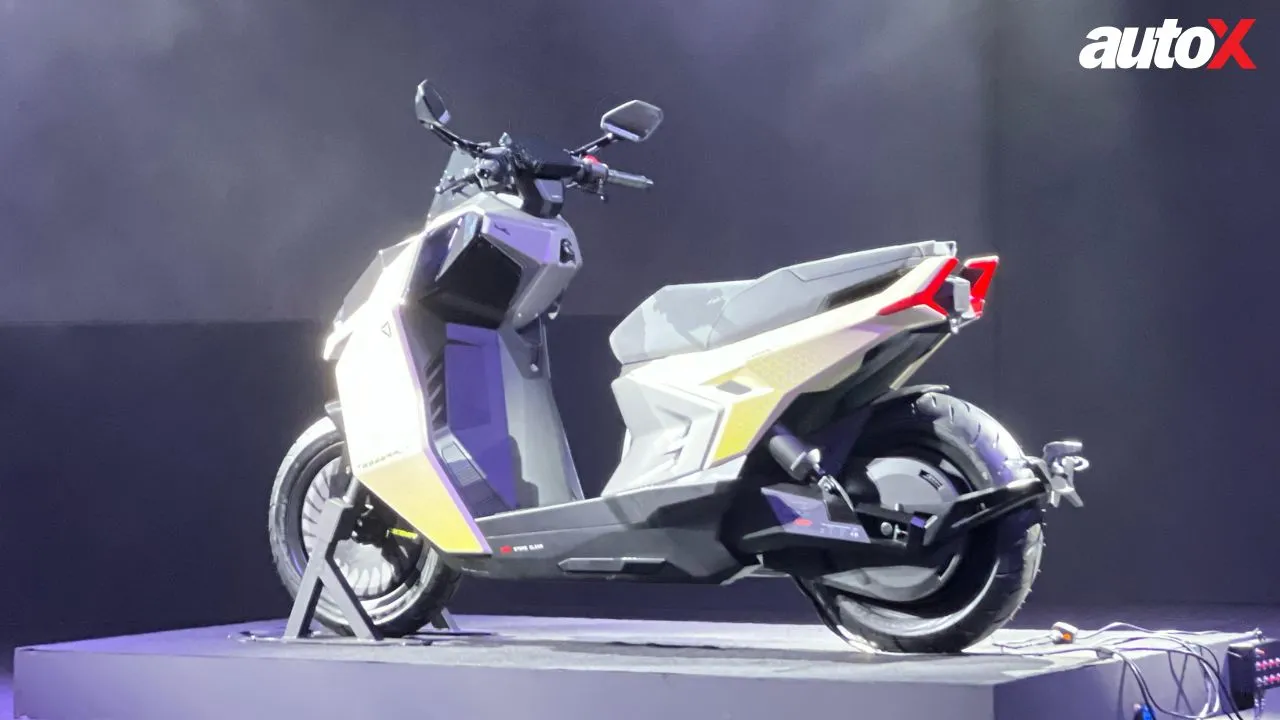
On the other hand, the Ather Rizta focuses on practicality, offering a boxy design and extended seat that prioritise comfort, making it a suitable choice for families.
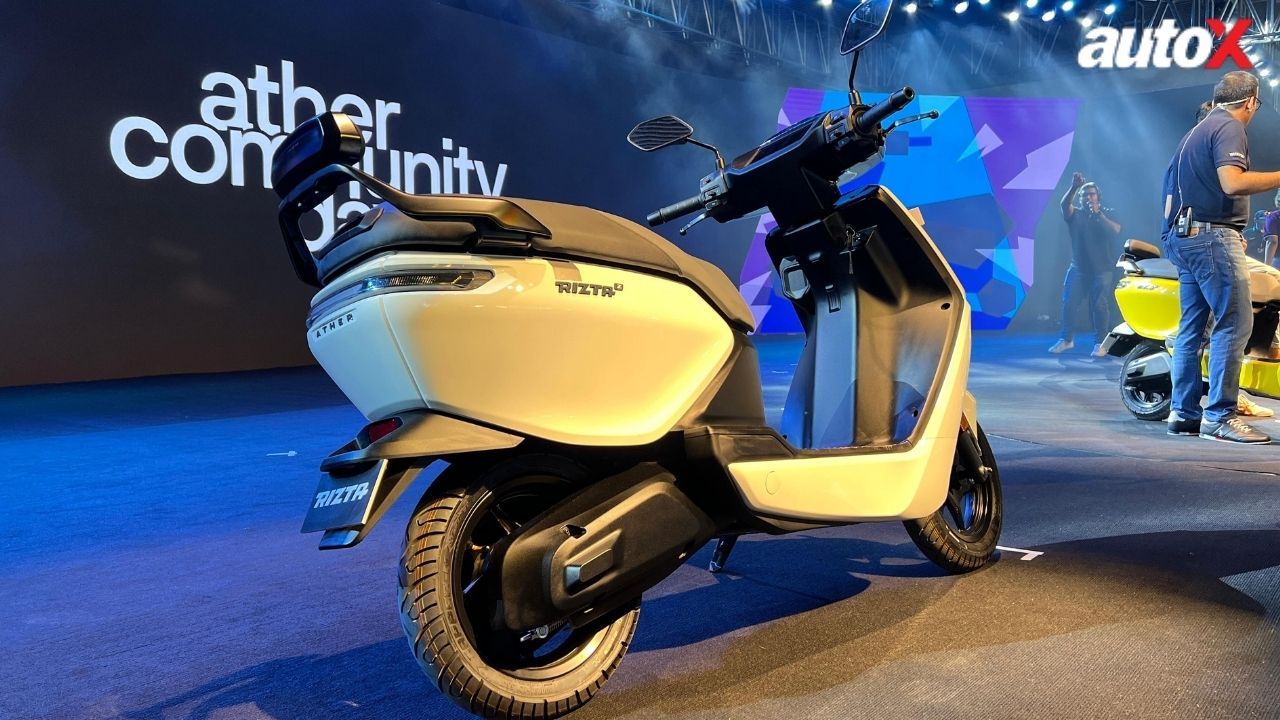
The Tesseract’s design emphasises bold performance, while the Rizta highlights a sleek, modern aesthetic, with features like its LED headlamp and streamlined taillight bar that enhance both visibility and its contemporary look.
Ultraviolette Tesseract vs Ather Rizta: Powertrain
The Ultraviolette Tesseract offers three battery options: 3.5kWh, 5kWh, and 6kWh. The 3.5kWh version claims an IDC range of 162 kilometres, while the 5kWh and 6kWh versions extend the range to 220 kilometres and 261 kilometres, respectively. The 5kWh and 6kWh versions produce 20.10bhp, while the 3.5kWh variant delivers 13.4bhp. The top speed is 125km/h, and a 0 to 60km/h acceleration time stands at 2.9 seconds.
Also Read: Ultraviolette Shockwave vs Ola Roadster X+ Spec Comparison: What's Different?
On the other hand, the Ather Rizta is offered in two variants: the S, which comes with a 2.9kWh battery, and the Z, which can be had with either a 2.9kWh or 3.7kWh battery pack. The 2.9kWh variant provides an IDC range of 123 kilometres, while the 3.7kWh option increases it to 159 kilometres, but real-world figures are lower at 105 kilometres and 125 kilometres, respectively. Both battery options in the Rizta are IP67-certified and paired with a mid-drive motor that generates 5.76bhp and 22Nm. The top speed stands at 80km/h. While the Tesseract outperforms the Rizta in terms of range, speed, and power, the Rizta is more suited for those seeking a practical, everyday scooter with a more modest performance.
Ultraviolette Tesseract vs Ather Rizta: Features
The Ultraviolette Tesseract packs a range of advanced features, including front and rear dash cams, radar, and Omnisense mirrors that provide critical assistance functions like blind spot detection, overtake alerts, and collision warnings.
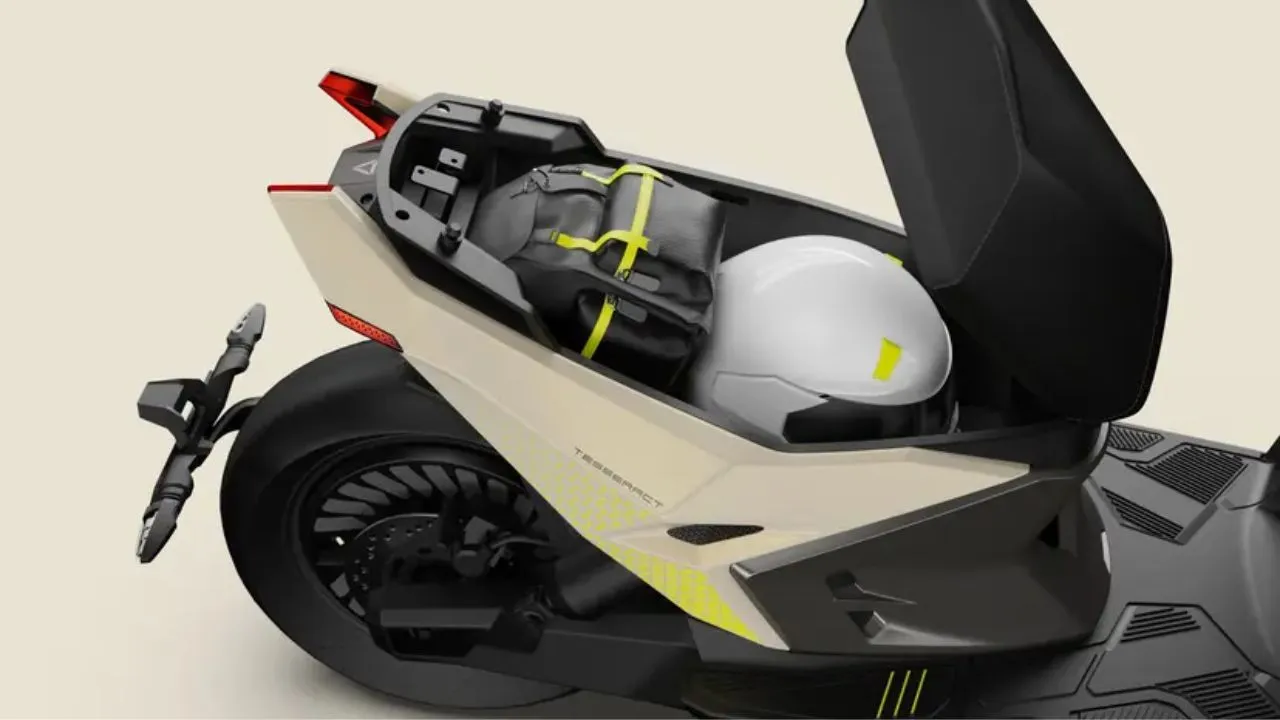
It also offers a spacious 34-litre underseat storage (that can easily accommodate a full helmet), a 7-inch touchscreen infotainment system, and a handlebar with haptic feedback. For performance and safety, it comes with 14-inch wheels, disc brakes on both ends, four levels of regenerative braking, dual-channel ABS, traction control in two modes, and dynamic stability control.
Also Read: Ultraviolette Shockwave Introductory Prices Extended for First 2,000 Buyers
In contrast, the Ather Rizta focuses more on user-friendly features with options for either a 7.0-inch TFT screen or a DeepView LCD, depending on the variant. It offers Bluetooth connectivity, turn-by-turn navigation, two ride modes (Smart Eco and Zip), and additional safety features like an emergency stop signal, auto hill hold, reverse mode, FallSafe, and traction control.
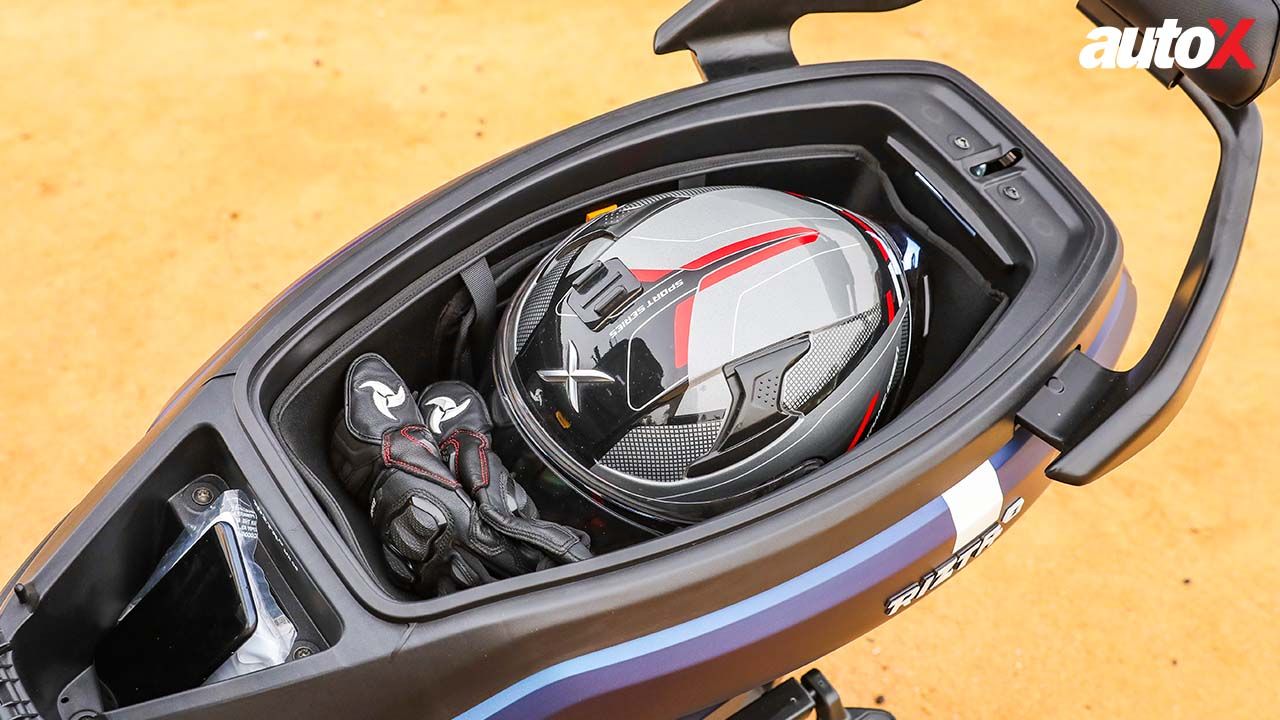
Additionally, the Rizta provides a wireless charger under the seat, a 22-litre frunk, and various accessories, such as a pillion backrest, to enhance practicality.
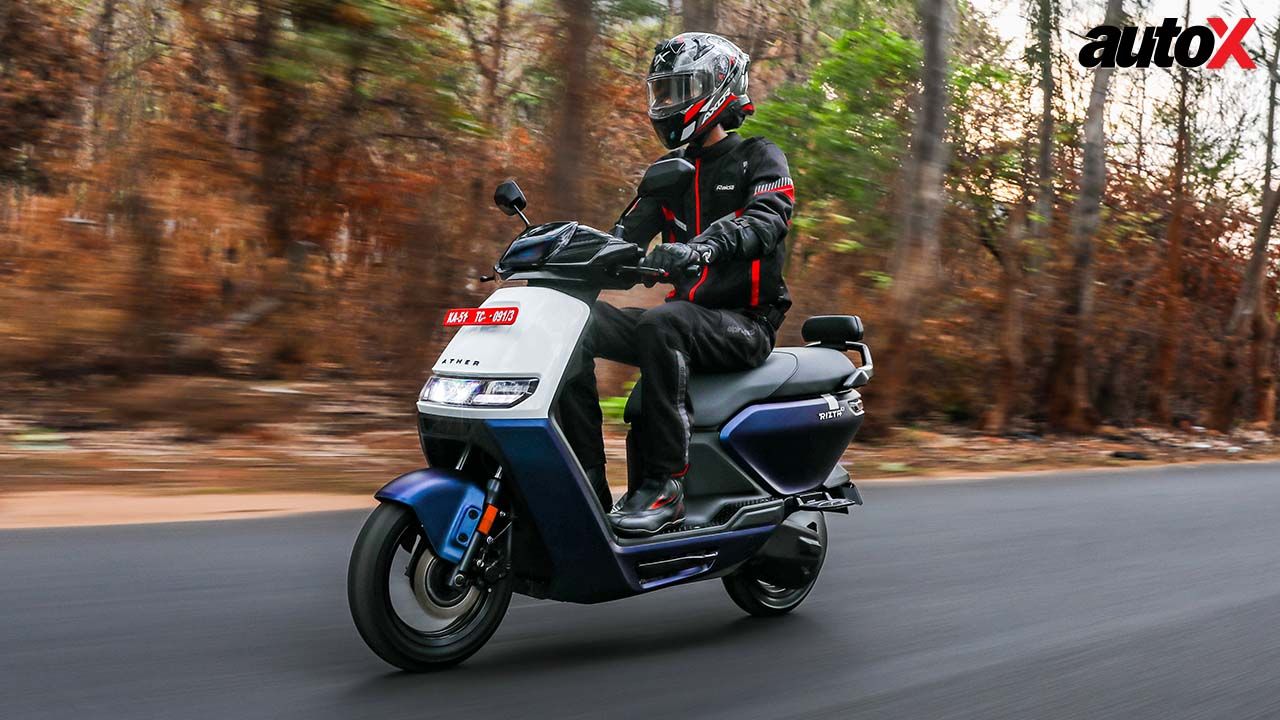
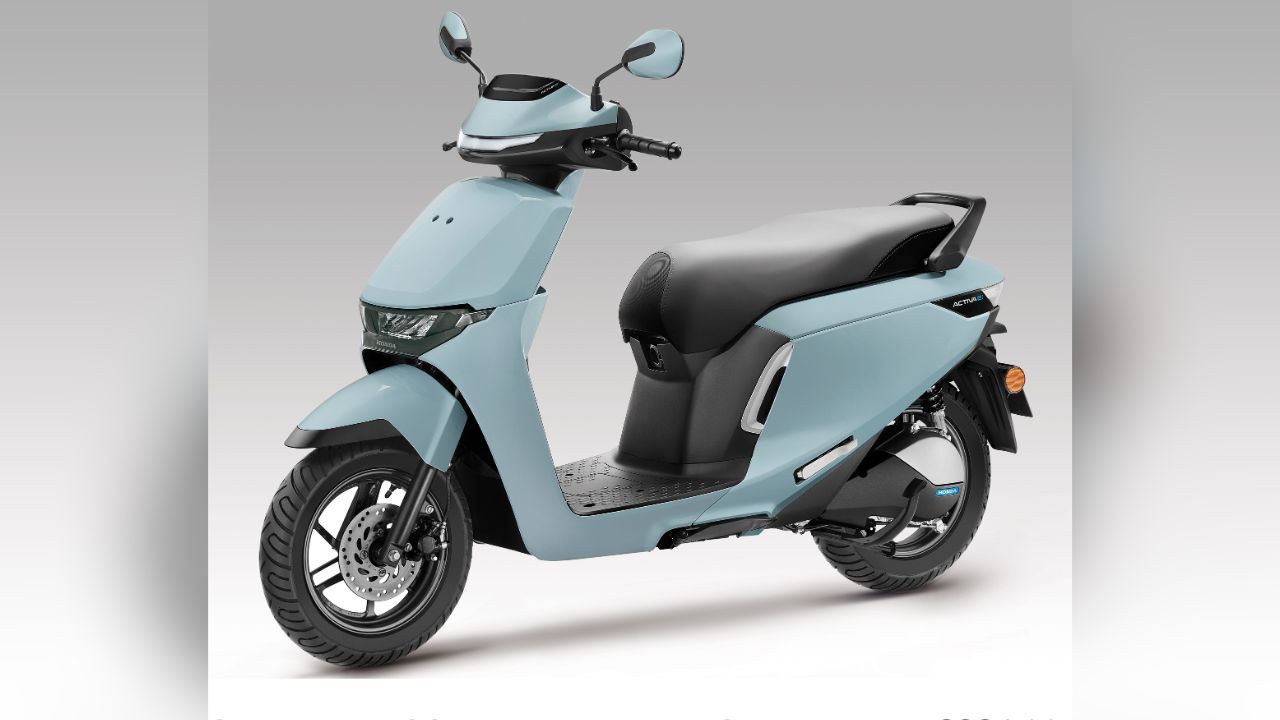
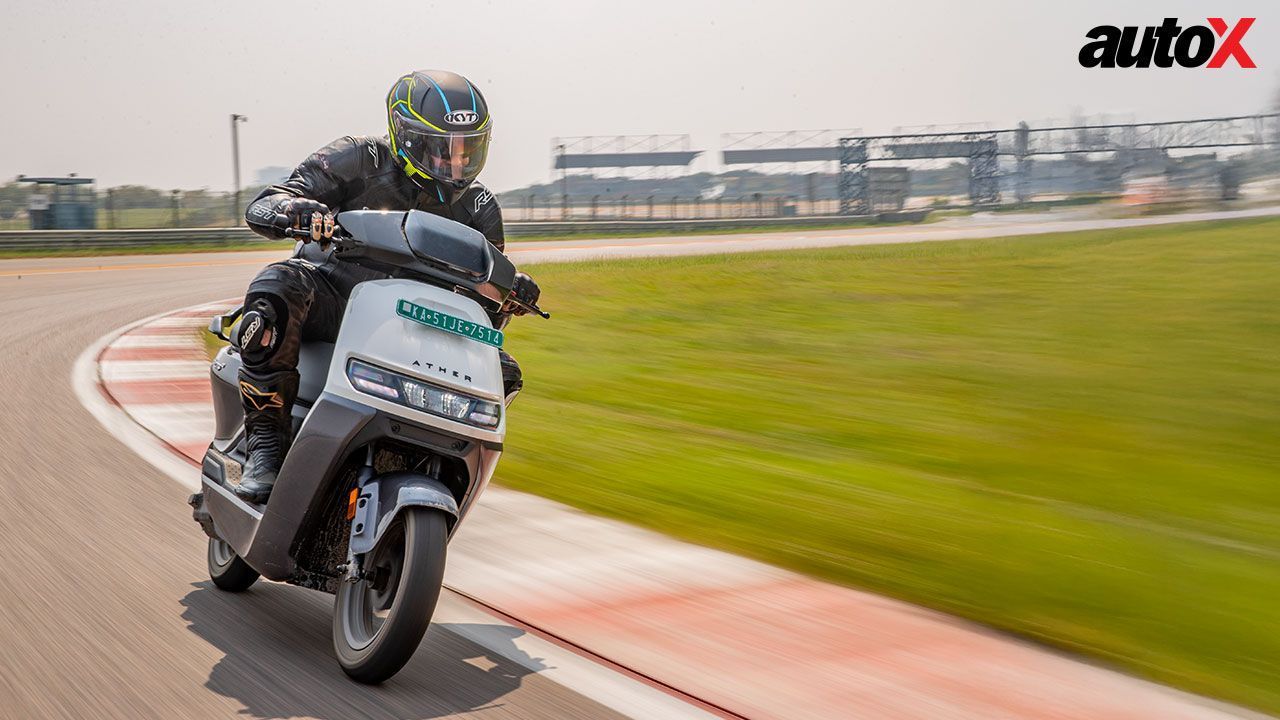


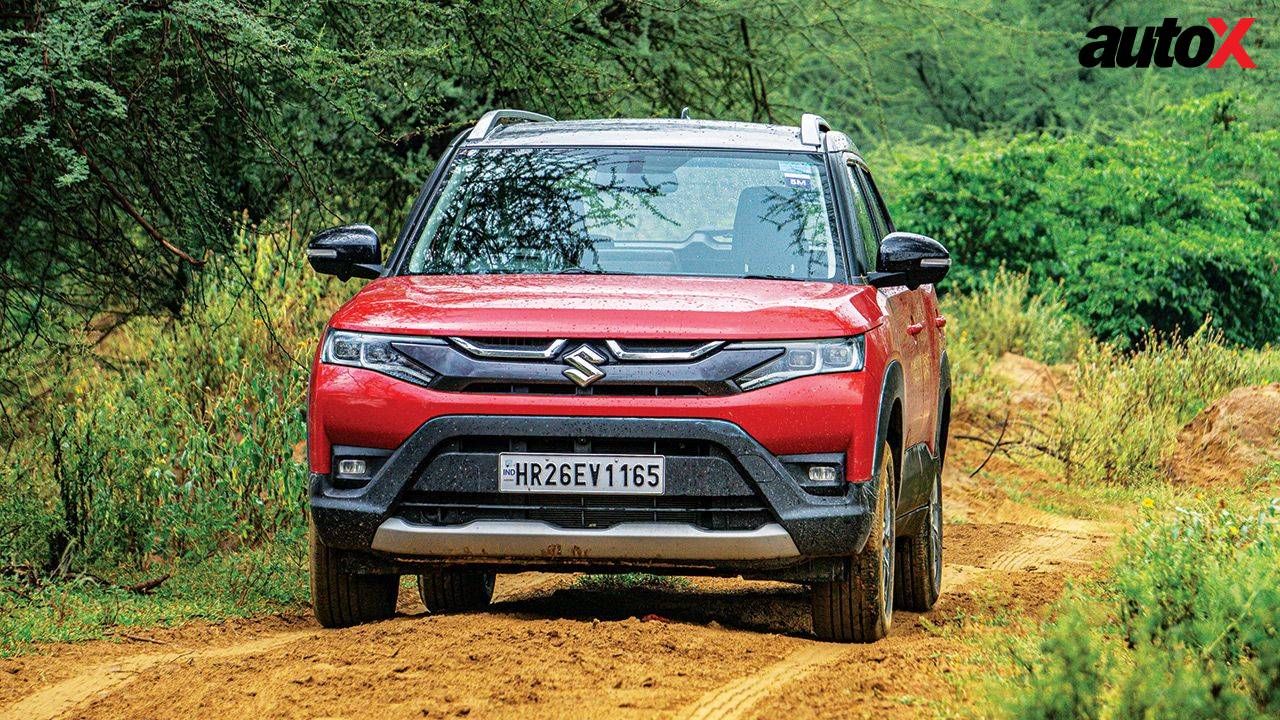

.webp)

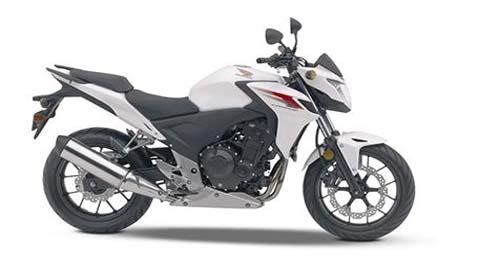
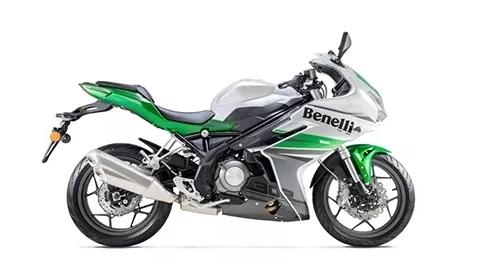
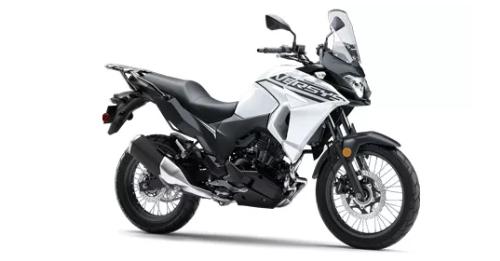
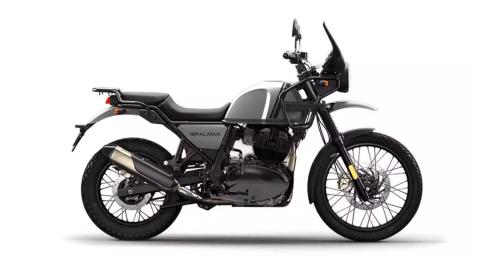














Write your Comment on